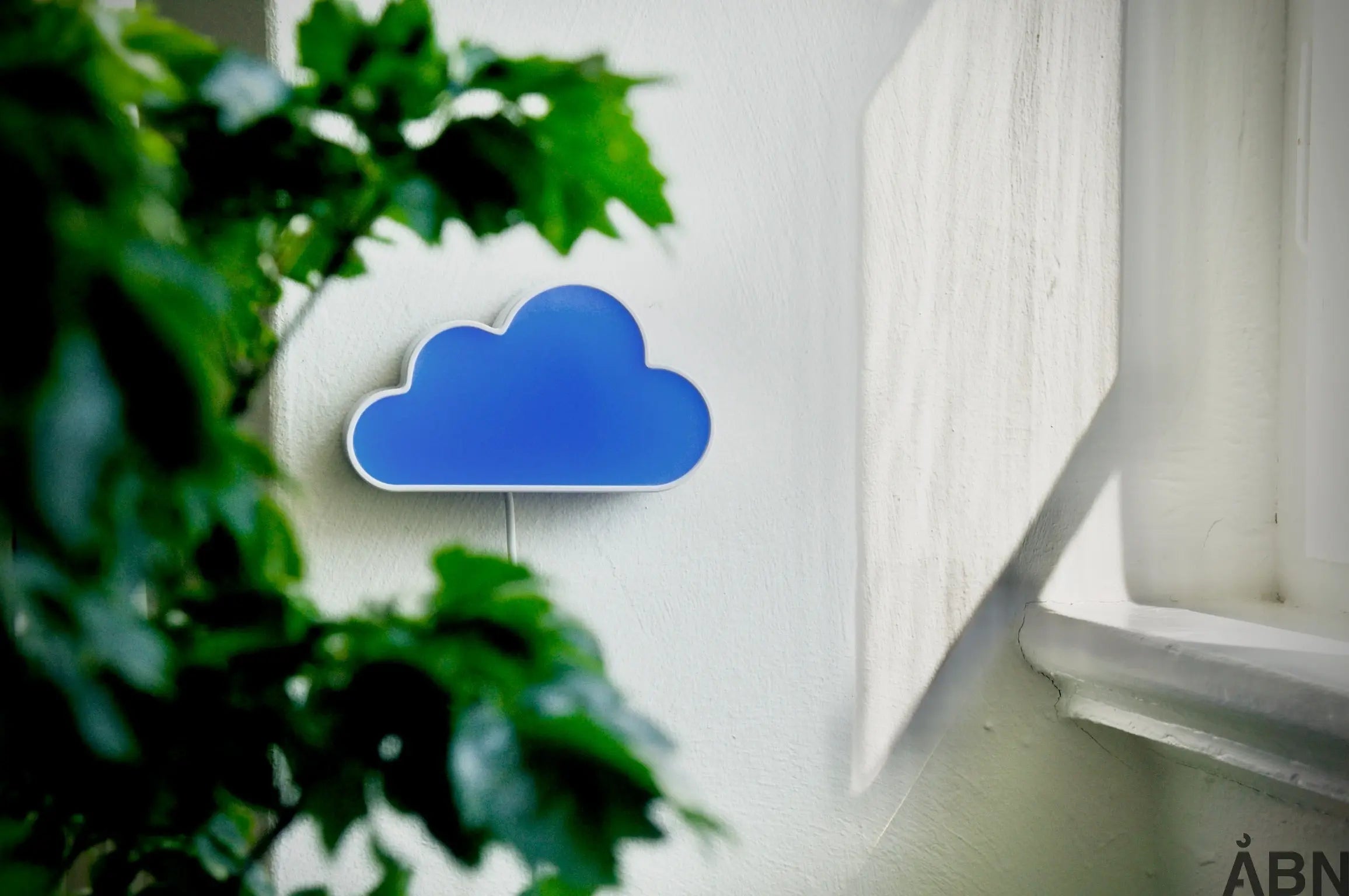What is TVOC?
TVOC stands for "Total Volatile Organic Compounds" – the sum of all volatile organic compounds in the air. These substances come from building materials, furniture, cleaning products and human activity, among other things. Although some VOCs are harmless, high concentrations can cause headaches, fatigue, difficulty concentrating and, in the worst case, affect health.
TVOC is typically measured in ppb (parts per billion) or mg/m³ . At ÅBN we use a scale with 7 levels, which gives a clear picture of when the air quality is optimal – and when to react.
ÅBN's TVOC scale: 7 steps to better air
|
Step |
TVOC level (ppb) |
TVOC (mg/m³) |
Designation |
Recommendation |
|
1 |
0 – 75 |
0 – 0.3 |
Optimal |
Ideal level. No action required. |
|
2 |
76 – 160 |
0.31 – 0.65 |
Low load |
Slightly elevated, but still without health risk. Normal ventilation is sufficient. |
|
3 |
161 – 245 |
0.66 – 1.0 |
Acceptable level |
Still acceptable, but indicates increased strain. Increased ventilation is recommended. |
|
4 |
246 – 750 |
1.01 – 3.07 |
Monitoring level |
Temporarily acceptable for up to 12 months. Source investigation and improved ventilation should be initiated. |
|
5 |
751 – 2,000 |
3.08 – 8.18 |
Critical load |
May only occur for a maximum of 1 month. Intensive ventilation and source identification required. |
|
6 |
2,001 – 6,112 |
8.19 – 25 |
Serious pollution |
Only short stays with intensive ventilation. The room should not be used continuously. |
|
7 |
> 6,112 |
> 25 |
Acute pollution |
Air harmful to health. Use of the room must cease immediately. Remediation necessary. |
The scaling is based on a molar mass of 100 g/mol and the conversion formula: mg/m³ = (ppb × 100) / 244.5
Why is an acceptable level important?
An acceptable TVOC level (level 3) means that you are not in danger – but that the air is starting to show signs of a build-up of pollutants. It is a warning . Here it is obvious that:
-
Increase ventilation (e.g. open windows or ensure good operation of mechanical ventilation)
-
Investigate whether there are new sources of contamination (e.g. new paint, furniture or cleaning products)
-
Measure again over time to follow progress
A good rule of thumb: If you are often in step 3 – or moving upwards – it is time to take action.
What does the legislation say?
There is no single legal requirement for maximum TVOC values in schools and institutions. However, both national and international guidelines, including UBA (Germany) and ASHRAE works with limit values to prevent nuisance and health effects.
In Denmark, the focus Building Regulations (BR18) and Occupational Safety and Health Administration on CO₂ as the primary indicator of air quality, but TVOC is gaining ground as a supplementary and important measurement parameter.
OPEN and indoor climate: When air quality becomes visible
At ÅBN we use SKYEN , a visual sensor solution that continuously measures TVOC and CO₂ and displays air quality in real time. When levels rise, the sensor lights up – so you know when it’s time to take action.
We combine technology with behavioral design and pedagogy so that children and adults learn to take responsibility for the air they share.
FAQ – Frequently Asked Questions
What is the difference between TVOC and CO₂?
- TVOC covers many chemical compounds from the environment. CO₂ comes primarily from our breath. Both are important for air quality, but measure different things.
Why is my TVOC suddenly high?
- This can be caused by cleaning, perfume, new furniture or poor ventilation. It is often seen at the beginning of the day or after weekends.
What should I do if my TVOC level is bad?
- Ventilate thoroughly, remove possible sources and consider technical measures such as better ventilation or air purifiers. Please contact ÅBN for advice.
What is an acceptable TVOC level?
- A stable level below 160 ppb (steps 1–2) is optimal. Here we breathe the best possible air – and this can be felt in concentration, well-being and health.








Kristoffer fra ÅBN —
Hej Lone
Det er meget forståeligt, at du er frustreret. En TVOC-værdi på 2000 ppb (parts per billion) er usædvanligt højt – faktisk er det ofte den maksimale grænse, sensoren kan måle, hvilket betyder, at den er “mættet” eller fejllæser. Normalt bør indendørs luft ligge under 250-500 ppb.
Når du lufter ud, burde tallet falde drastisk inden for få minutter. At det ikke gør det, tyder på enten en konstant kilde til gasser, som du har overset, eller (mere sandsynligt) en fejl/kalibreringsfejl i sensoren.
Er det muligt at resette sensoren så den kalibrerer fra ny? Vores erfaring er, at mange luftrensere har en billig/ dårlig TVOC sensor installeret og derfor er meget upålidelig.
Lone hadi —
Jeg har en electrolux pure A9 luftrenser men tvoc -ppb ligger tit i nærheden af 2000 selvom om jeg lufter ud ofte hvad kan jeg gøre